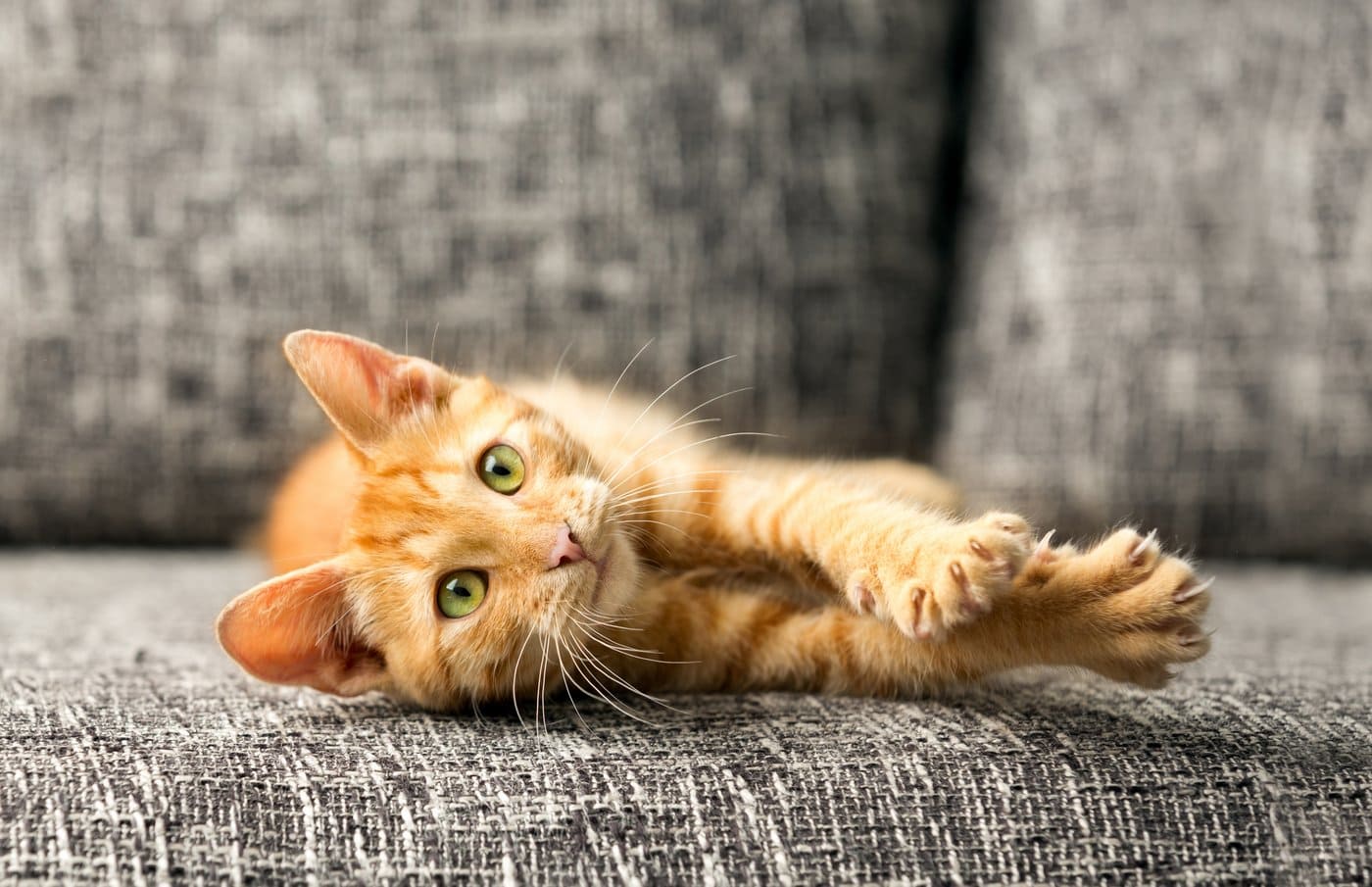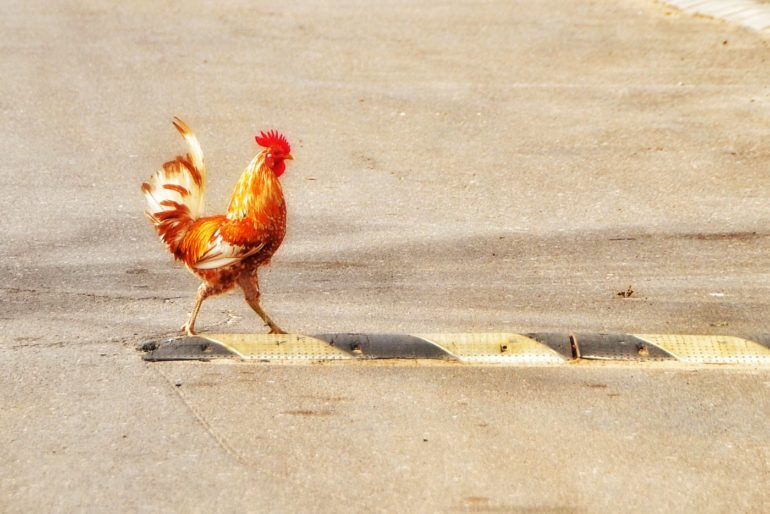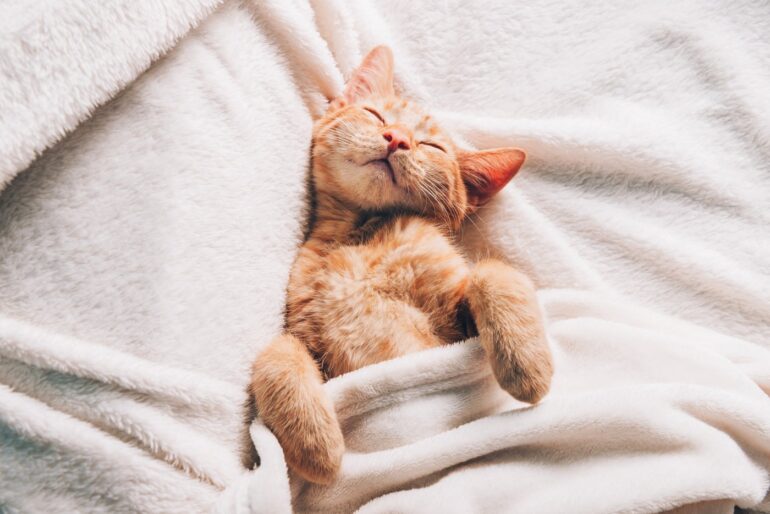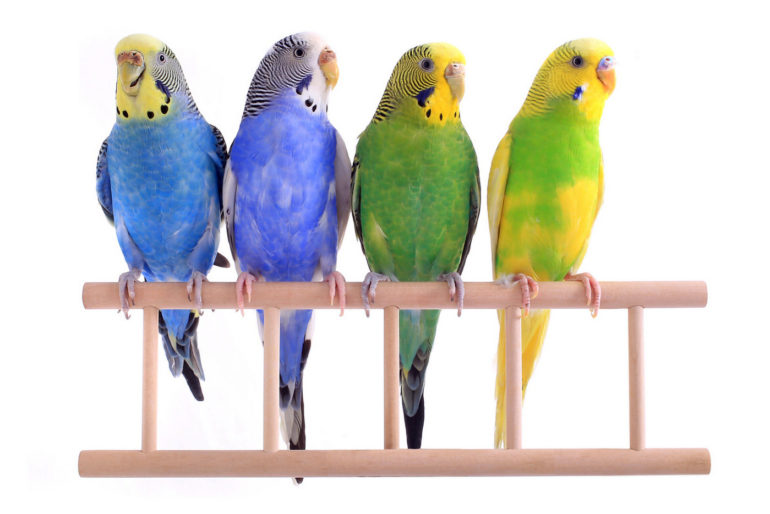Should you de-claw a cat?
What happens when you de-claw a cat or kitten? How simple of a procedure is this? Does it hurt them?
Sink your claws into this
Couch looking a little beat up from your new cat? Finding little bits of toilet paper all over the house? If you think declawing the cat is a simple, harmless solution, think again.
The painful truth
Declawing a cat is not simply cutting the nails off of the end of the toe. A cat’s claw is an integral part of the last bone at the end of a cat’s toe. The only way to prevent the claw from regrowing is to cut off this part of the bone.
Simply put, declawing a cat requires 10 separate amputations. Look at your fingertips. Now imagine someone just cut all of them off at the first knuckle.
That’s what declawing involves.
It doesn’t just end there. Cats, unlike most mammals who walk on the soles of their feet, walk on their toes. Every part of a cat’s body is designed to support and distribute its weight from its toes, including the back, shoulders, joints, and muscles.
By removing the tip of the toe and changing how a cat walks and carries itself, this can cause the cat back pain and balance problems for the rest of its life. Additionally, as declawing is major surgery, complications can run the gamut from hemorrhaging, infection, abscess, regrowth of claws (if amputation not done correctly), and even disability or death from general anesthesia.
Declawing can have psychological and behavioral implications as well. A cat’s front claws are its primary means of defense.

Robbed of this, many will become nervous or fearful, spending most of their time hiding from predators both real and imagined. Some will resort to aggressiveness and biting, as this is their only remaining means of defense.
Others, after they find using the litterbox post-surgery painful, will always associate the litterbox with pain, and will avoid it and end up urinating and defecating throughout the house.
As a final thought: over fifteen countries worldwide have either outlawed the practice of declawing entirely, or consider it inhumane and only to be performed under extreme circumstances (read: not to protect your curtains). What does that say about it?
So what can you do instead of declawing?
I get it, I really do. I’ve owned cats my entire life, and I don’t like it either when they decide to tear up my favorite chair or shred a roll of toilet paper. However, there are a number of simple (and far more humane) things you can do to keep your cats from tearing up your stuff.
Scratching posts: Yes, plural. Put a couple around the house. They don’t have to be fancy or large. They’re cheap, they don’t take up much room, and you can easily sprinkle some catnip on them to keep them interested. It’s also easy to make a traditional scratching post out of a sheet of plywood, a 4×4, and some carpet remnants.
Spray bottles: Keep a couple of inexpensive spray bottles filled with water (or a water/lemon juice mix) around the house. When the cats start going after the recliner? Zap ’em. They’ll get the message.
Double-sided tape: Apply some to the most attractive surfaces of your furniture. They hate this. Well, most of them do. I did once know a cat with a fetish for tape or anything sticky…
Soft paws/pet nail caps: These are little vinyl caps you apply to your cat’s claws. They glue on to the cat’s existing nails, and usually will last about 4-6 weeks. Safe and non-toxic, they’re available in various sizes and a huge variety of colors.
Deal with it: Cats scratch. It’s what they do. Accept that when you bring a cat into your household, despite all the steps you might take, there’s probably going to be at least a little bit of collateral damage at some point. It’s just stuff.







